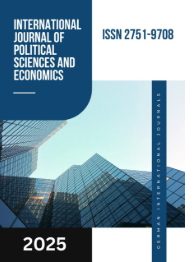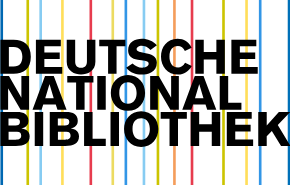UZBEKISTAN’S GREEN TRANSFORMATION: PATHWAYS TO SUSTAINABLE DEVELOPMENT AND REGIONAL LEADERSHIP
DOI:
https://doi.org/10.55640/Keywords:
green transformation, energy transition, ecological challenges, sustainability, environmental impact, regulation, climate diplomacy.Abstract
This article examines the worldwide shift towards green transformation and its ramifications for emerging economies, specifically highlighting Uzbekistan. The green transition has become a strategic focus as the world acknowledges the limitations of previous development paradigms resulting from environmental degradation and resource depletion. Uzbekistan has embarked on an ambitious voyage toward a green economy in response to ecological challenges and economic modernization requirements. The essay examines the country's current strategies, sectoral potential, investment dynamics and regional environmental cooperation. Uzbekistan has the potential to become a regional leader in green energy if it effectively mobilizes private money, executes governmental changes, and capitalizes on its geographical and natural advantages, despite the immense obstacles it faces.
References
1. https://theasiatoday.org/topics/energy-sustainability/new-uzbekistan-the-green-path-of-development/ New Uzbekistan: The “Green” Path of Development
3. التحوُّل الأخضر “Green Transition”.. قراءة في آفاق الاقتصاد العالمي وفرص العملالمستدامة
4. بحث بعنوان متطلبات الانتقال إلى الاقتصاد الأخضر کمدخ
Uzbekistan Country Climate and Development Report
5. https://www.undp.org/eurasia/blog/climate-land-and-security-risks-central-asia
6. Morena Skalamera - Untangling Green Energy Contradictions in Central Asia https://hagueresearch.org/untangling-green-energy-contradictions-in-central-asia/
7. Dr. Sergey Sukhankin Green Energy in Uzbekistan: An Opportunity for the Gulf?
Downloads
Published
Issue
Section
License

This work is licensed under a Creative Commons Attribution 4.0 International License.
Authors retain the copyright of their manuscripts, and all Open Access articles are disseminated under the terms of the Creative Commons Attribution License 4.0 (CC-BY), which licenses unrestricted use, distribution, and reproduction in any medium, provided that the original work is appropriately cited. The use of general descriptive names, trade names, trademarks, and so forth in this publication, even if not specifically identified, does not imply that these names are not protected by the relevant laws and regulations.







